Building an Illustration Portfolio (from scratch)
(Illustration Journey Part One) Realizing I was in the wrong university during my senior year and taking matters into my own hands
Hi, this is my first substack! This one is for the students, new grads, and new professionals in the industry who are curious, in need of insight, or content for a certain school assignment that involves a cold email. I’m gonna be extremely thorough for you guys, but I hope this helps everyone regardless of their career level!
Part one covers: building my first ever illustration portfolio, getting a literary agent, and being offered an illustration internship
—
It’s 2025,
and if you told me in 2017 that I would be in the place where I am now in the tail end of my 20s, with a gold and silver medal from the Society of Illustrators, a French book tour, a Tokyo residency, a billboard in NYC, comic industry awards and nominations, two graphic novels (and more on the way!), AND a shiny silver sticker on my debut book under my belt, I would never believe you.
Because in fall 2017, no one was responding to my cold emails, all 100 of my promo postcards were sent back (You can’t send vertical postcards with just one stamp), and I felt incredibly behind thinking about all the illustration seniors at RISD, who’ve been at it for four years already. I was desperate to leave my career trajectory of working in big tech and pursue illustration. I only got started three months ago and now we’re about to graduate. Knowing that RISD was the other option I could have chosen, I felt like an idiot.
In retrospect though, I was much further ahead than I thought eight years ago. One of which was financial stability, which afforded me high quality portfolio classes that guided me into Carnegie Mellon University and RISD, both schools with hefty price tags that I didn’t even need to take out a school loan for. Carnegie Mellon (CMU) is widely recognized for its pipeline from undergrad to Silicon Valley, which got me the six-figure job offer at LinkedIn that was waiting for me post-grad. If all else failed, I had a cushion to fall back on. I estimate that without these circumstances, it would take me several years longer to “catch up”.
Anyway. I disclose all this to dispel any myth of the illustration world being a complete meritocracy.
—
Now it’s 2017,
and I deleted my design portfolio to make room for a new website just for illustration, which was blank save for maybe four illustrations that I completed in the last several months. Two of them were the first pieces I did on my brand-new iPad, which I bought over the summer with my internship money from LinkedIn. The other two were done on Photoshop during the last month of my junior year, the first serious illustrations I did in a year or two.
The School of Design at CMU didn’t require drawing skills, so I just stopped trying and told myself I don’t need to draw again. Most students in my design studio weren’t serious about illustration, so I thought it was a me problem. Turns out I was just in the wrong place—I wasn’t as excited about typography, branding, and UX design like everyone else.
I think it was around that September when I realized that someone I did precollege with, Ariel Davis, was now a successful freelance illustrator. I had no idea that was something people could do outside of the tech world (I had previously connected with Alice Lee, an illustrator mostly in tech at the time, who graciously met up with me over the summer to talk shop). After some digging and a facebook message to Ariel, I was given several names to look at, such as Kenny Wroten (now a friend), Armando Veve, among many others.
Another suggestion was to experiment and try something new, because it seemed clear that I was heavily influenced by Victo Ngai (true because I found her work on Pinterest and became addicted) and James Jean (I did not know who that was at the time). A CMU alum, Samia Ahmed, sent me the link to the podcast Your Dreams My Nightmares by Sam Weber, which opened up a new world for me. Who’s who, names to know, annuals to submit to, etc.
A probably-unhealthy addiction
I don’t think I’ve had an obsession as deep as this one. Finding my “style”, getting illustration jobs, pouring through every American Illustration annual I could find, running straight to the scant illustration section at the university library after senior studio ended at 4:20pm. Because I knew nothing about the industry, the protocol, the jobs that existed, the way to email art directors, what art directors were, I had to rely on myself for all the detective work. I looked up artists in these annuals at the library, found their Instagrams, and took notes on their clients, agents, scholarships, etc.
There was even a while where the first thing I’d look at in the morning, and last thing I’d scroll through before bed, were illustrations on Pinterest. When I closed my eyes the kinds of drawings that I just learned were possible flashed in the dark. I was amazed how wide and weird and varied styles can be past what I would see on Instagram and Twitter.
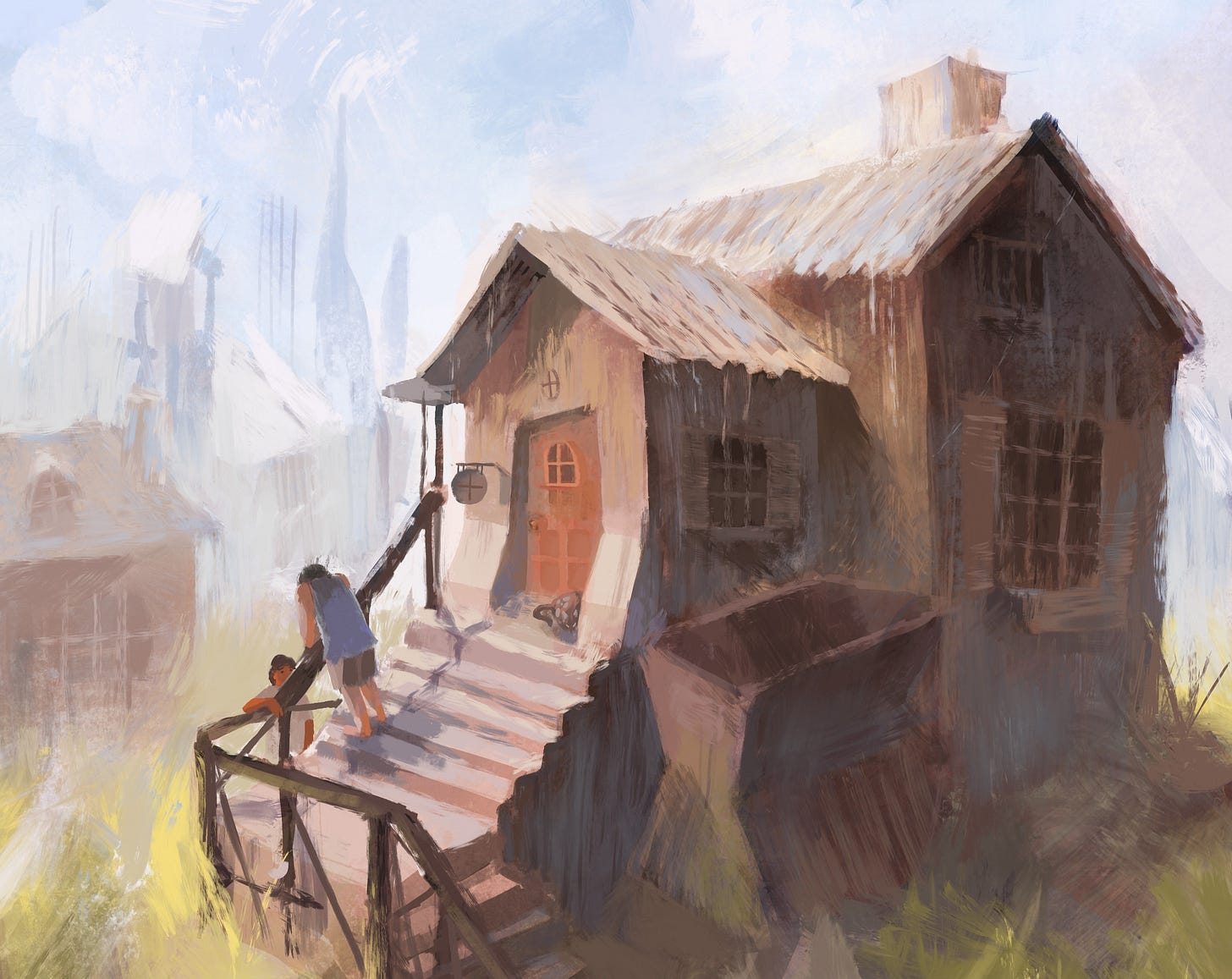
Second school
My portfolio expanded rapidly over that fall semester. While I was doing my design projects, I was working on mock illustration assignments that the School of Design’s photo professor Dylan Vitone would give me every Monday. Sketches due Wednesday, final due the following Monday. Of course, this was not for any school credit. It was just a self-directed test to see if I can handle an editorial assignment (the industry I wanted to break into) per week. I did my Inktobers during HCI lecture and doodled through Senior Research Studio. My Friday nights were spent being a remote studio assistant for Alice, where I’d help her with her client projects through the evening. Seeing all the assignments an illustrator can do, I’ve never wanted something this badly in my life.
I had a taste of a professional commission when I was reached out by Procreate, my primary drawing software. Earlier in the summer, they featured my illustrations on their socials, and after some back and forth, they offered a job to do a demo piece for their next update launching in the following summer. It came out the following June.
And over the months, my portfolio grew piece by piece. By finals season, I had an entire array of work ready.
Fucking around and finding out
Over winter break, I started trying traditional media, specifically posca paint markers and colored pencils, as I was inspired by both Kenny and Ariel’s work. I purposefully made my work a little weird, using more graphic shapes, seeing how far I can push compositions. Over January I did a virtual plein air every day to exercise my digital rendering.
When I came back, I was more determined than ever to experiment. I was taking a screenprinting class over at the School of Art that taught us how to use the risograph machine, making posters for my friends’ senior music recitals, and continuing my figure drawing classes at the School of Drama. At this point all my work was exclusively traditional, save for my senior capstone. I got away with doing a more-illustration-focused project, a picture book proof of concept for a friend of one of my capstone professors. I was even “officially” registered to do an independent study with Dylan, where I was making a Life of Pi series with colored pencils, which I sent to the Society of Illustrators Student Show. (No one from CMU has ever applied, so I had to register our university for the Society’s records. Normally the professor has to pick out the pieces to send, but Dylan just gave me his email address to use lol. Thanks Dylan!)
Things were looking a little bleak for me. Granted, in retrospect, it didn’t take me that long to get my foot in the door since it was only six months when I made the decision to pivot, but good god I was (and still am) so impatient when it came to career goals. I sent out at least 200 postcards to art directors in the mail, hand lettering and calligraphy-ing each one with a specific style. I emailed professional illustrators for advice. No one responded. (This is why I try to email everyone back nowadays) I wasn’t shortlisted for any of the professional competitions I entered.
But I knew I was a good draftsman, so I kept experimenting with weirder ways to draw, even if it turned my brain into jello. On a personal level, I ended a long-term, long-distance relationship with my first boyfriend, and a week later, blacked out and fell down a flight of stairs, landing me in the hospital (I was discharged a few hours later)
March 2018
For a long time I called this week my ~Miracle Week~ because three pivotal moments happened in this order:
1- The Society of Illustrators emailed us back! One of my Life of Pi drawings not only made it to the student show, but got one of the highest scholarships available. I was ecstatic!!! I was to appear in their museum for the reception that May among other illustration students. (I found out much later that two of the jurors, Angelica Alzona and Natalie Andrewson, now also peers, fought tooth and nail for my piece to receive the scholarship :))
2- I received an interview for the NPR Illustration internship, and was subsequently offered for a summer position before my start date at LinkedIn. I was doubly ecstatic for this one. Not only was this specific position a very rare foot in the editorial illustration industry, but it was paid, for students and recent grads only, and comes once in a blue moon when NPR has the need and the budget. I saw so many professionals and basically every RISD and MICA student sharing interest online in that one role. Dylan and I sat down together to make the best resume and cover letter possible. I made my documents as typographically appealing as I could, pixel pushing for hours. Turns out that made the application stand out. Graphic design works!
3- After seeing a feature of my winning Life of Pi drawing on the Society of Illustrators twitter account, a literary agent sent me an offer of representation. Was I interested in drawing picture books? I never thought of that route since I was so editorial-pilled, but I didn’t see the harm in trying. I did some cross-checking and learned that Ed Maxwell, an agent from a very reputable agency, was in the business for eight years at that point. But still, I didn’t understand what representation meant, so I asked one of my studio professors, the only one in my department with past illustration experience.
Oddly enough, my professor told me I wouldn’t graduate when I asked her for advice on working with a literary agent. Her argument was that because our university “owns [your] work” according to the enrollment contract, it will conflict with the literary agent, who allegedly will also “own [your] work”. I was shocked, but believed her.
I called Ed immediately to tell him what I was told. After a moment of shocked silence on the other end of the line, we decided to pick back up on work once I graduate in May. He had never heard of such a policy, which got me suspicious. I even mentioned this to my academic advisor, who denied this rule. Students are allowed to be agented. Literary agents do not own any work. There is even no contract involved. No one is bound to anyone or anything. (You can learn more about finding a literary agent —specifically for graphic novels—from this great blog post by Victoria Ying)
The professor never found out what my academic advisor said. I concluded that she, who began her career as an illustrator and pivoted to design, must have either been severely misinformed at best, or attempted to sabotage me at worst.
Five years later, I run into her when I am back on campus for my In Limbo tour. She says she’s proud of my successes. I thank her and smile politely.
(Ed and I have been working together for seven years)
Some things I took with me:
Illustration is not a meritocracy. It’s having the money, the time, and the luck, all at the same time.
Simultaneously though, sometimes really putting what you’ve got because you *want* to, can get you further than someone who’s doing the same thing just because they *have* to.
Postcards and cold emailing are *hard* to get answers from. Social media tends to work better (or at least it did in 2018. These days I can’t be sure! I’m hoping postcards, or any tactile, traditional media, come back)
Look beyond the zone of what’s available and/or trending on Instagram and Twitter. Pinterest was such a great way to see what can be done (at least it was before AI started spreading into it)
Some opinions are just bad.
WOW this was long, so if you made it this far, thank you for reading!
Next time I cover illustrating at NPR vs LinkedIn vs Lyft and getting the In Limbo book deal. See you soon! You can read Part 2 here.



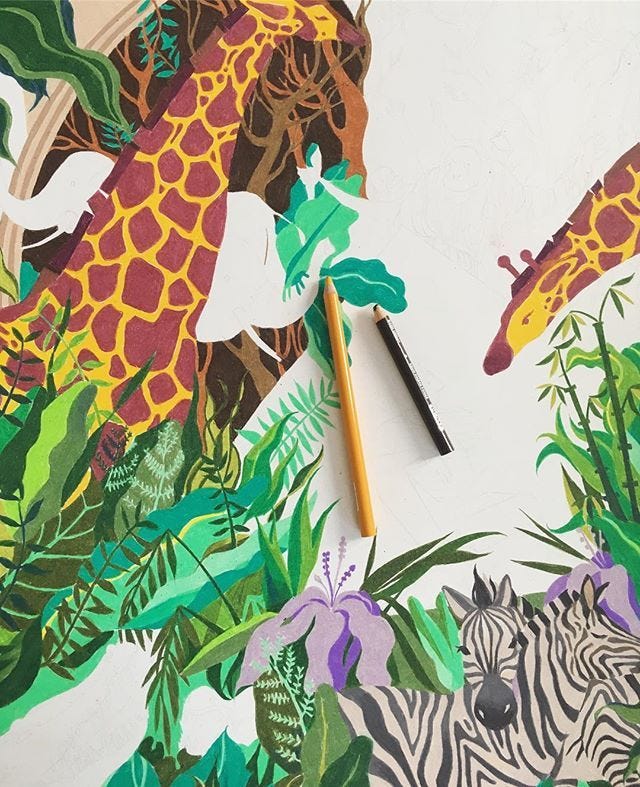
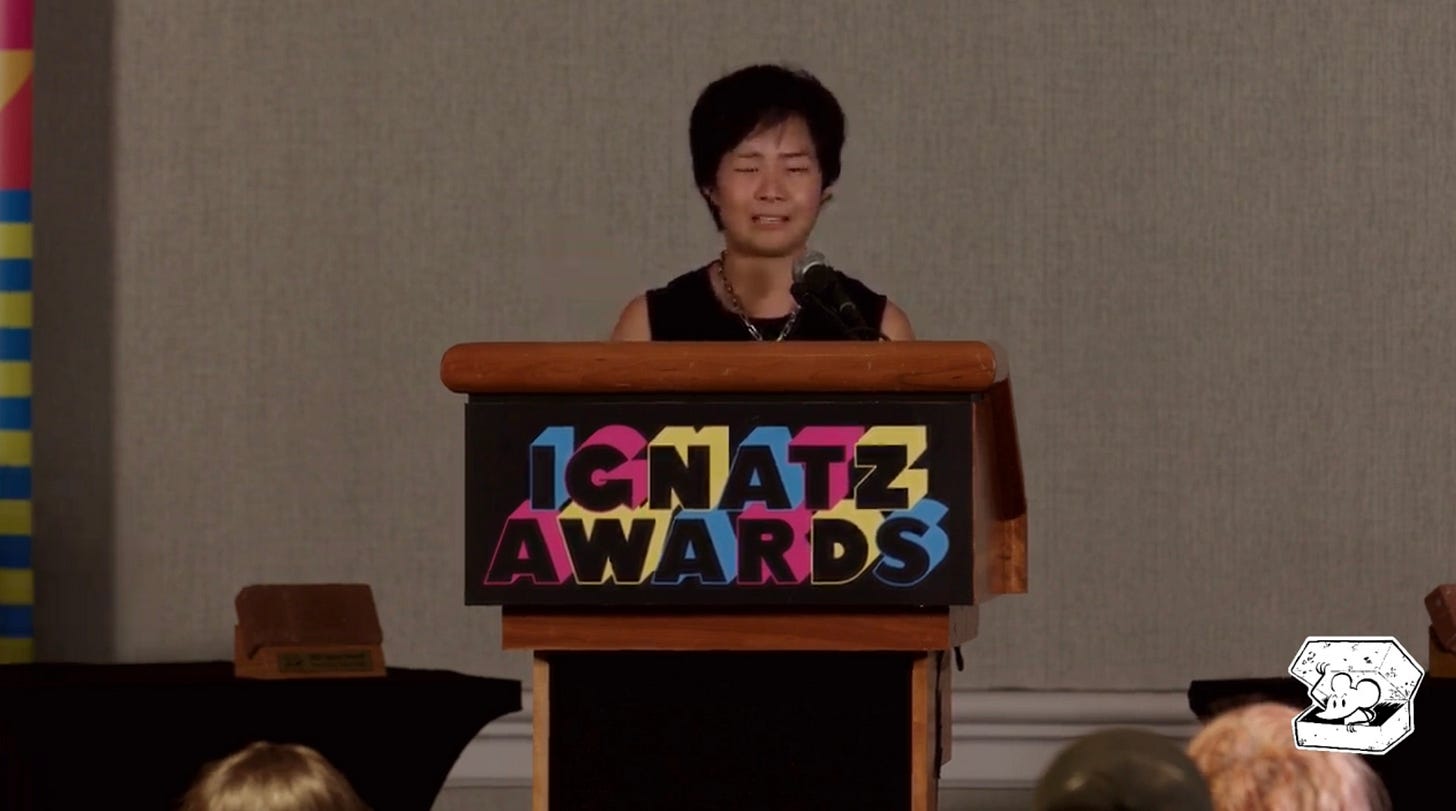
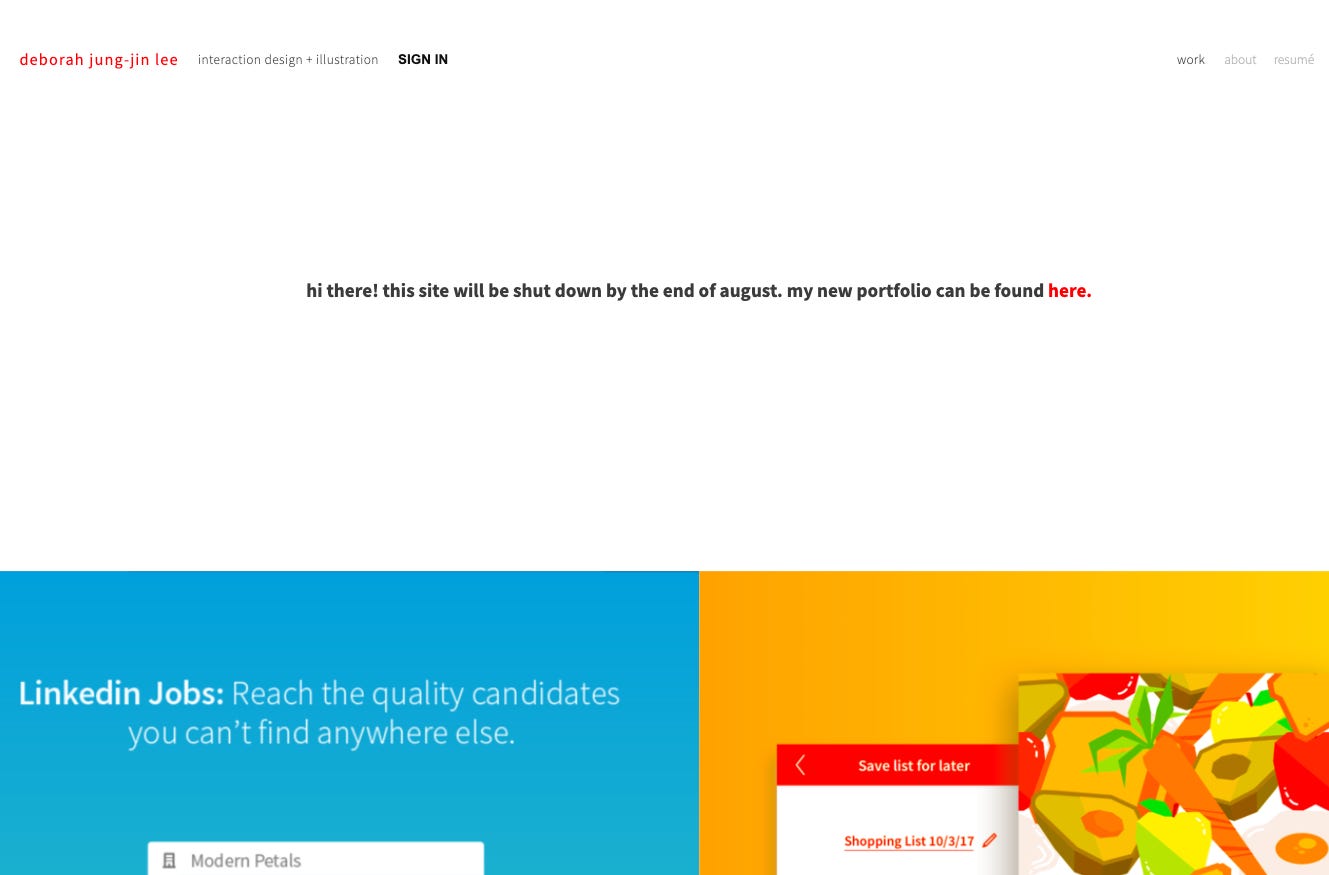
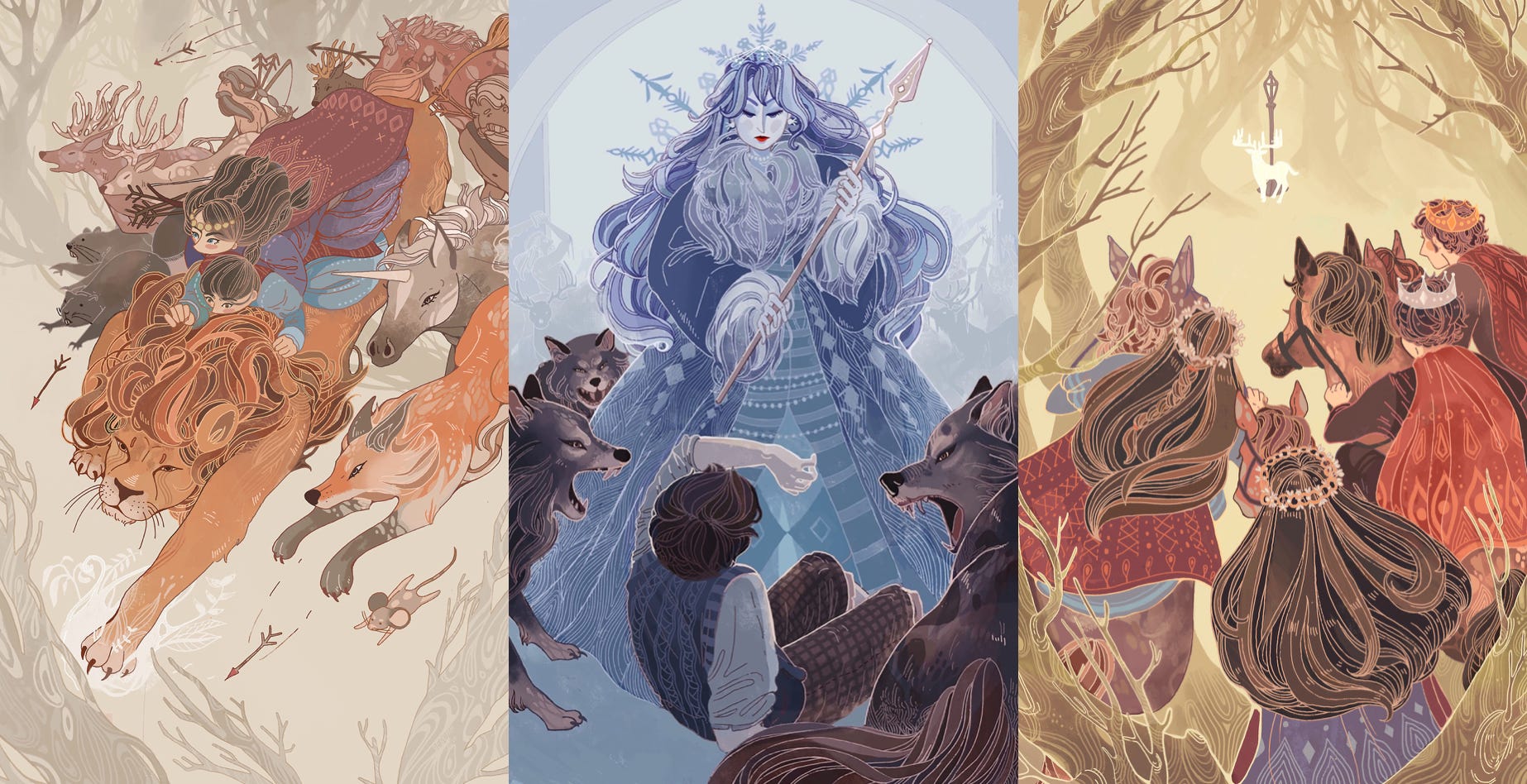
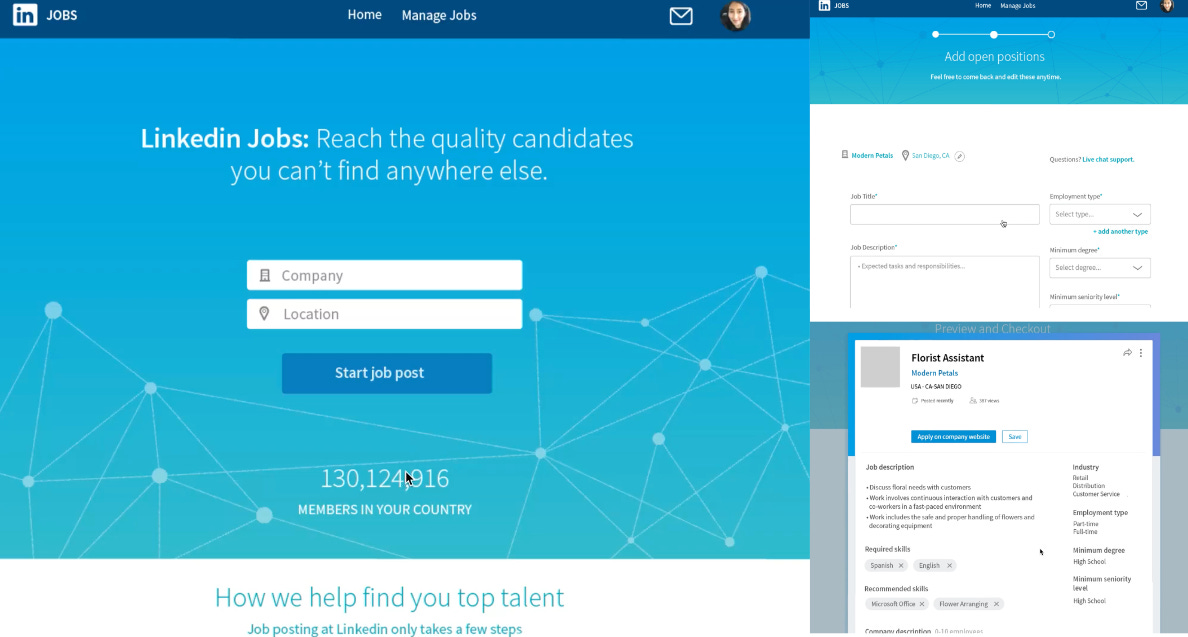
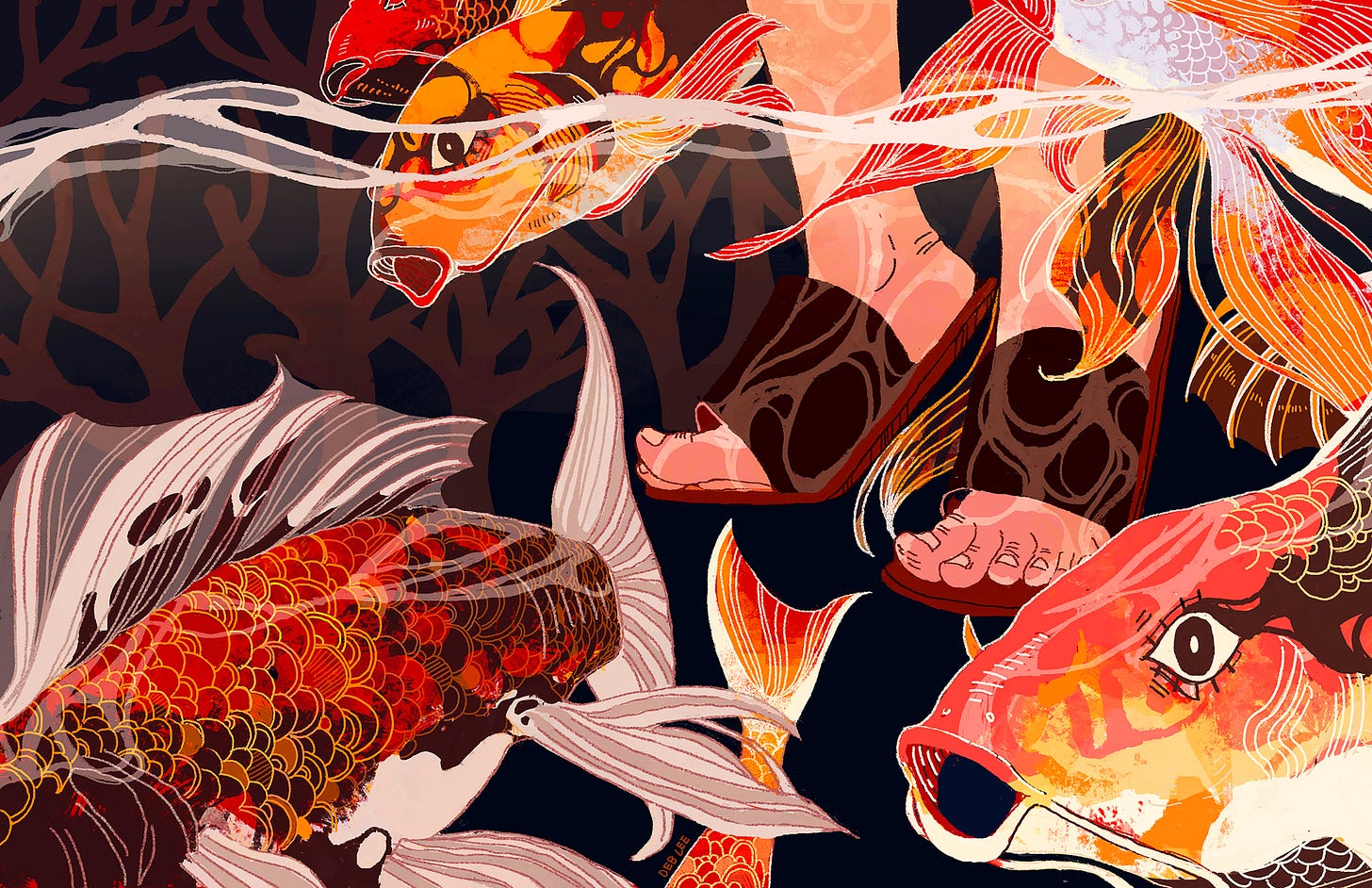
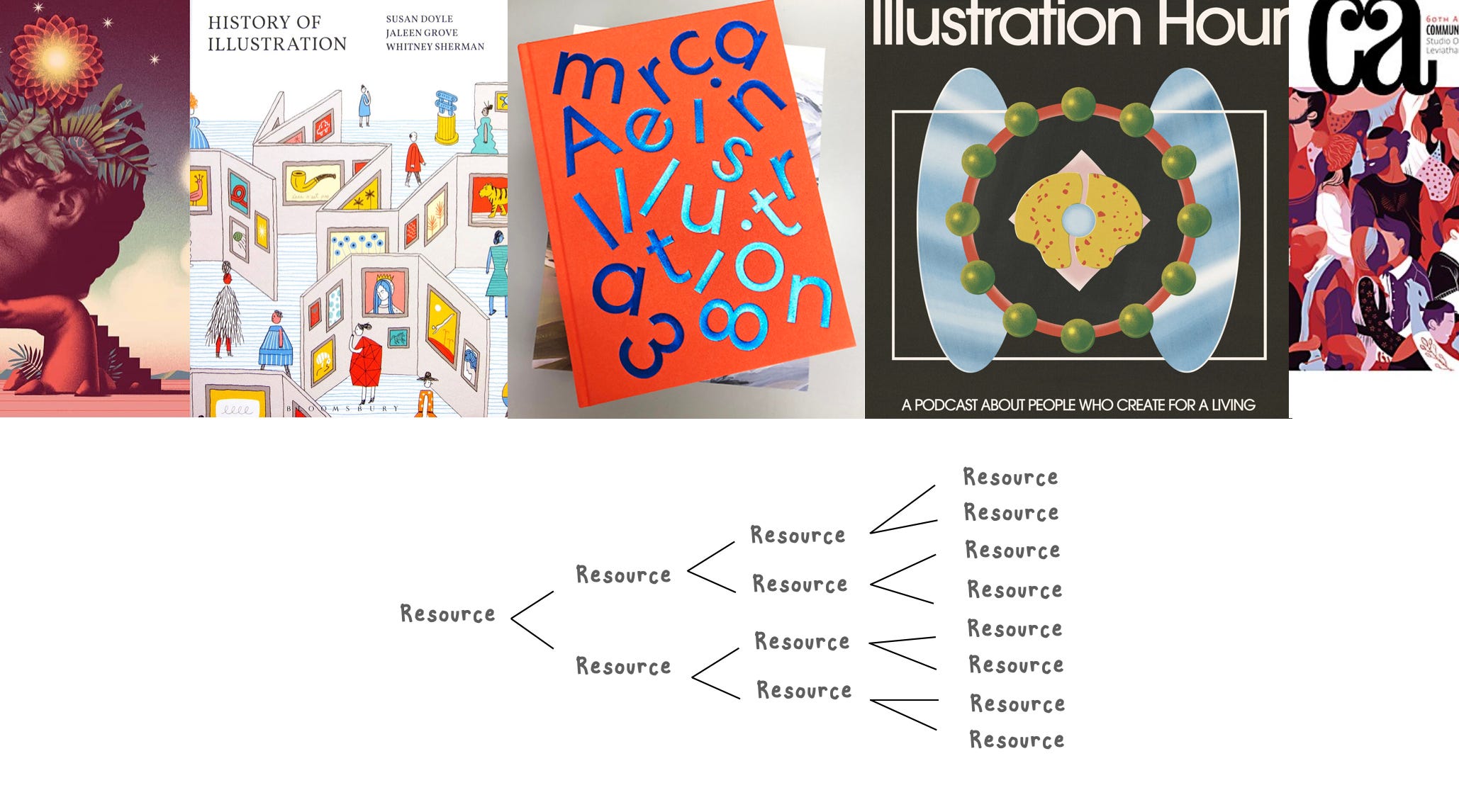
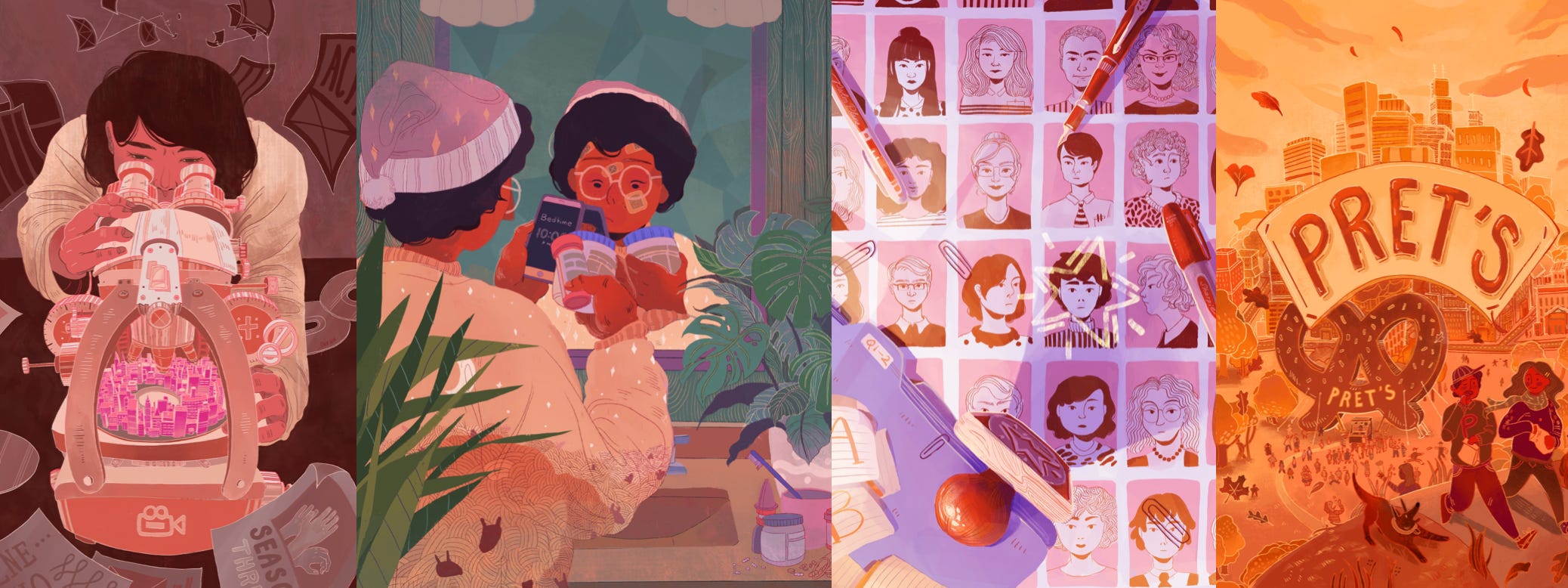
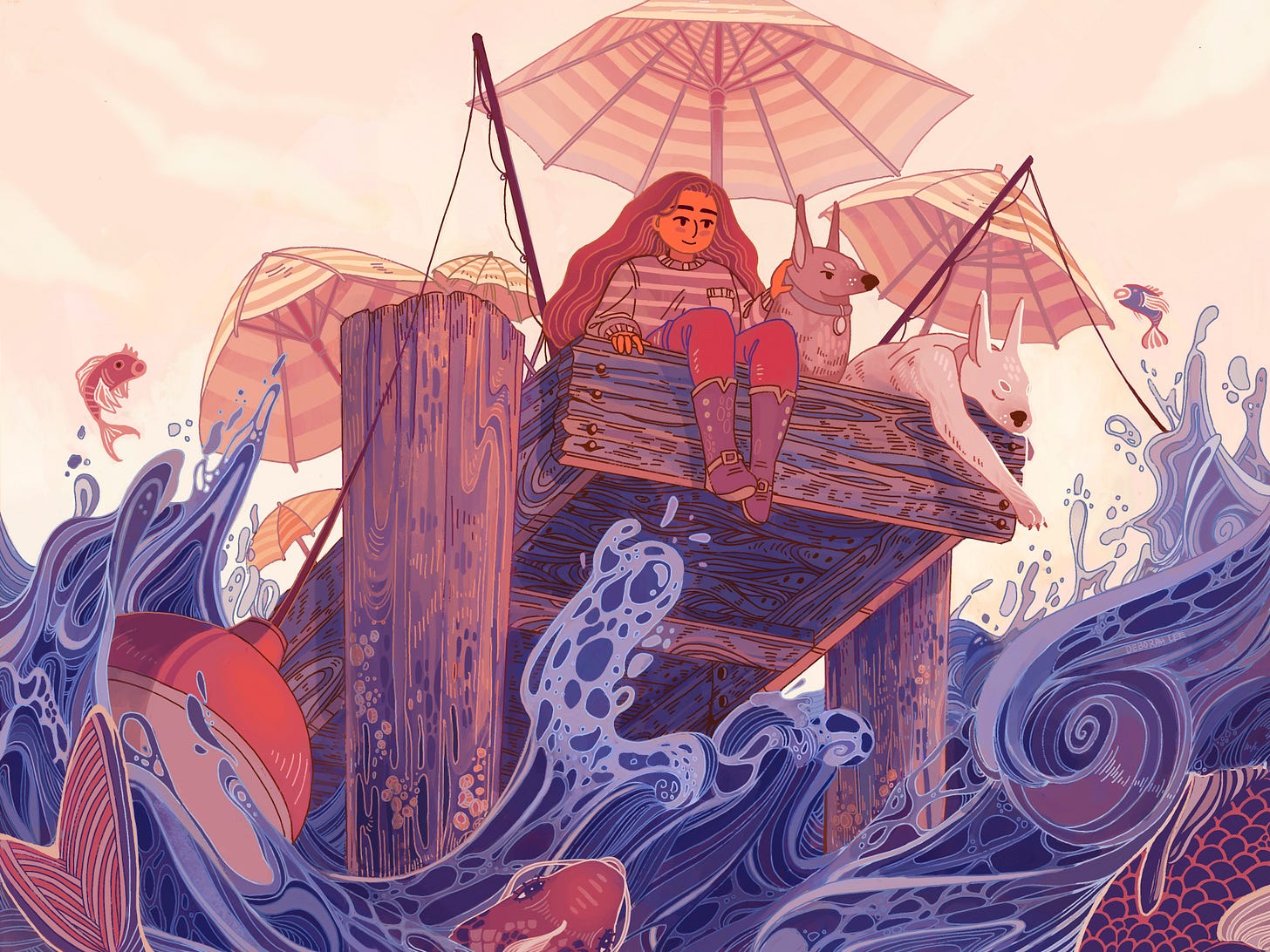
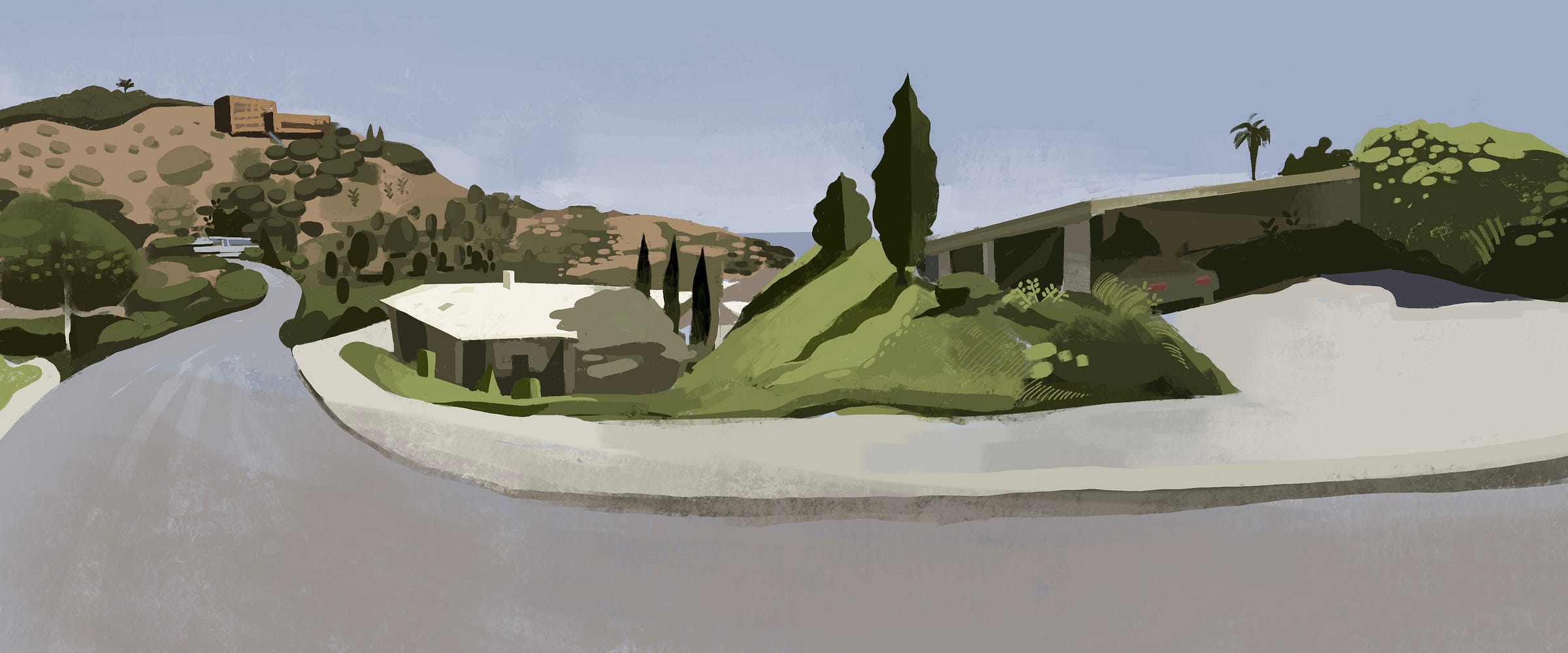
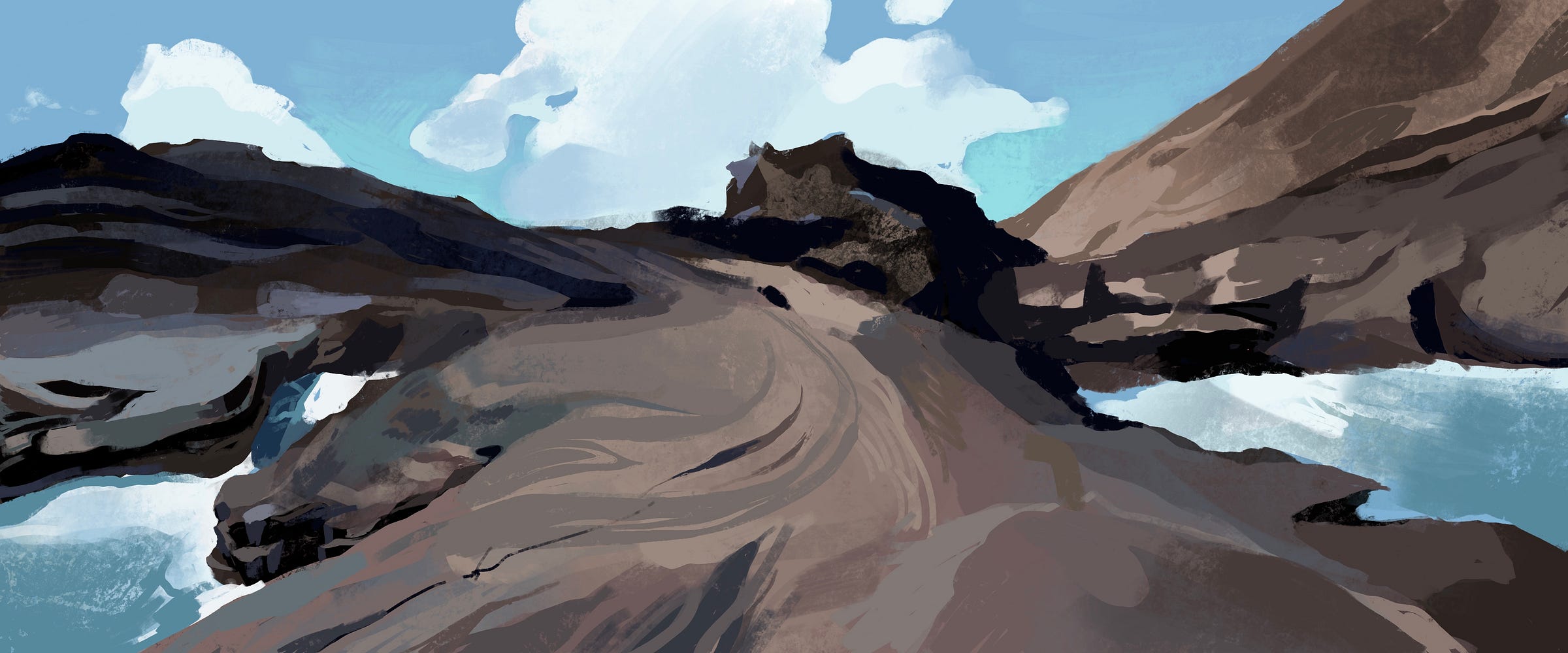





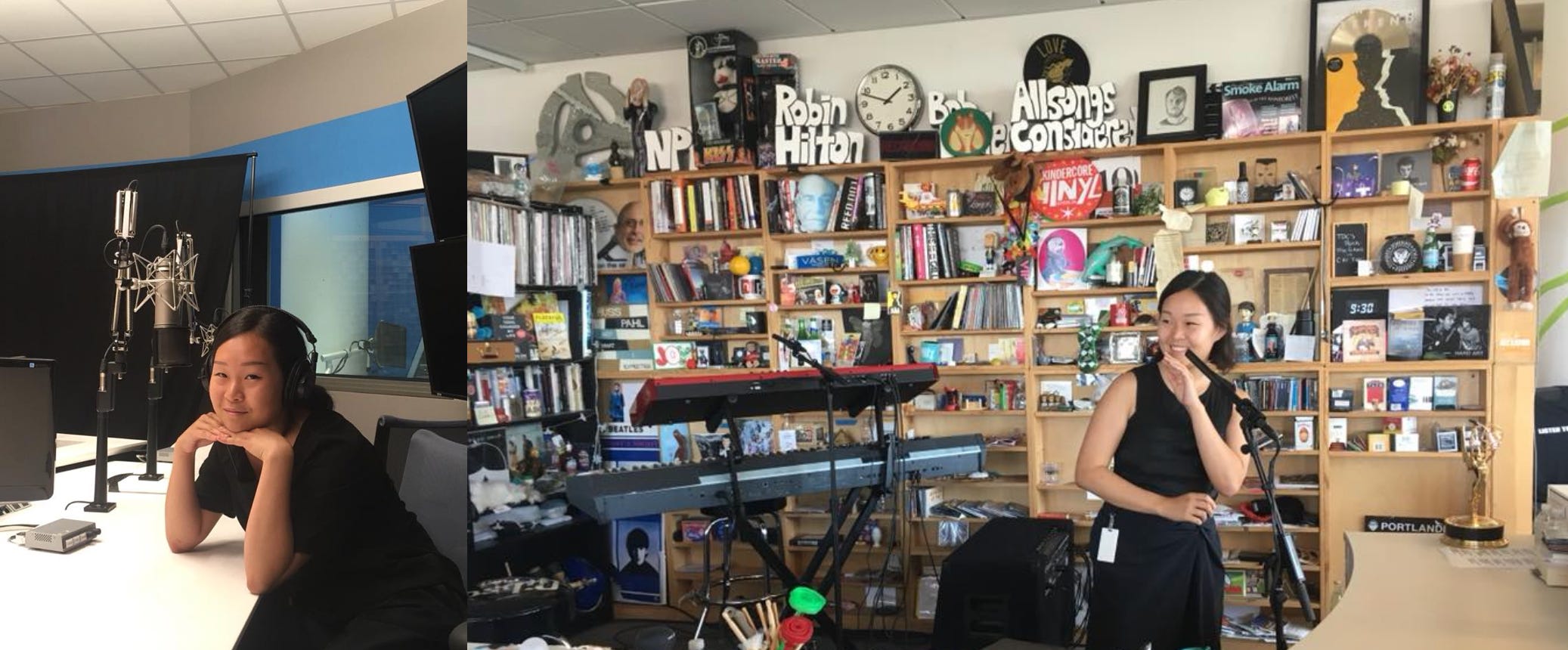
thank you for sharing this joey! it inspires me a lot to hear your story of becoming an illustrator and knowing that our career trajectories aren't always linear :) I really appreciate how you emphasized how the industry isn't a meritocracy-- I've seen so many success stories that felt like they came from places of privilege and it frustrated me a bit. I guess all we can really do is be passionate, find connections, and just draw!
What an helpful and inspiring post! And you illustrations are frickin’ A-may-zing! Thank you for sharing your journey. I look forward to following you :)